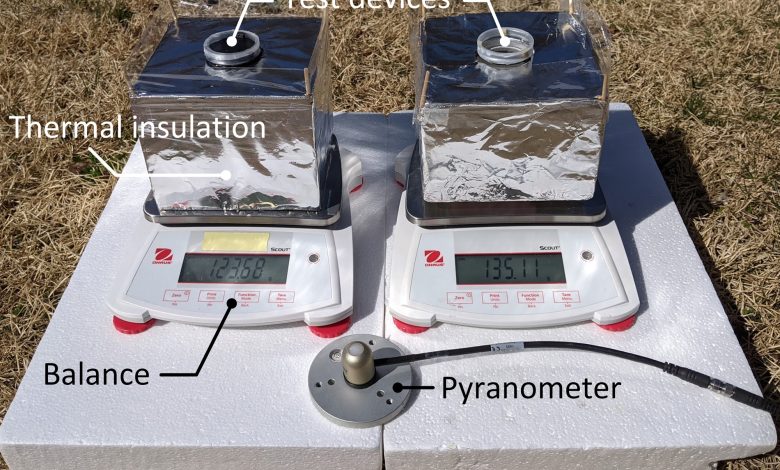Solar-powered desalination MIT system costs only 4 dollars

New solar-powered desalination that is not afraid of salt deposits
(Sustainabilityenvironment.com) – Today more than 2 billion people in the world live in countries with water supply problems. As many as 4 billion experiences severe water shortages for at least a month a year. And more than 1.5 billion people are in areas without or without water infrastructure. These figures are particularly worrying in the light of increasing global warming and its effects on the water cycle. To counteract the problem, research has for years been engaged in studying and implementing new drinking water systems that can offer a good yield but also low costs. For a long time, however, combining efficiency and cost-effectiveness was a difficult task.
The solar water maker developed by the scientists of the Massachusetts Institute of Technology in collaboration with colleagues of Shanghai Jiao Tong University is now trying. In detail, the group has studied a new design for passive desalination that prevents the accumulation of salt. Fouling is, in fact, one of the main problems in these plants. Salt and other impurities are filtered by water, accumulating on the membranes or other surfaces of the device. This requires regular cleaning and even replacement of the components.
How does the new system work?
Many solar desalinators use a kind of wick to suck water, an element particularly vulnerable to the accumulation of salt and difficult to clean. That’s why the team’s work started with his removal. The result is a layering system: at the top a dark material absorbs the heat of the sun, then a thin layer of water over a second material with tiny holes. All placed on a saltwater tank.
The thin layer of water is heated to evaporation, then condenses on an inclined surface for collection. At the same time, the holes are large enough to allow natural convective circulation between the warmer, salt-dense upper layer of water and the colder, thinner tank below, allowing for continuous replacement. “It allows us to achieve high performance and at the same time prevent salt build-up,” says mechanical engineering professor Evelyn Wang.
In the tests, the solar desalinator achieved an efficiency of more than 80% in the conversion of heat to water vapor, even when the starting water had salt concentrations of up to 20% by weight. But most importantly, the system is made from everyday materials, so it should be scalable and economical. The team estimates that with a collection area of just one square meter you could provide enough drinking water for the daily needs of a family; and, build it, it would cost only 4 dollars.





